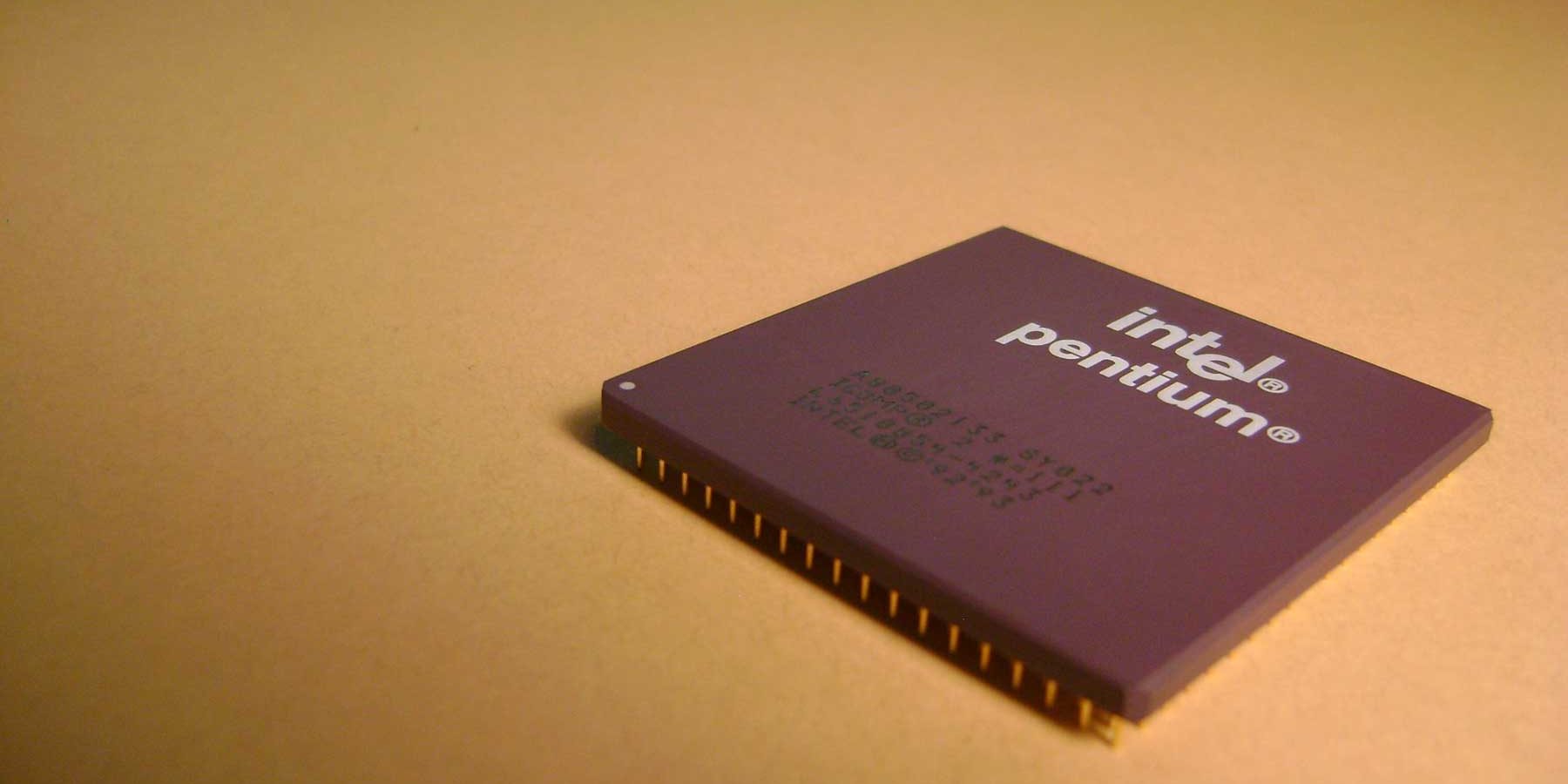Medical research in the field of skin cancer relies on significant computing power to process and analyse vast amounts of complex data. As skin cancer cases increase, more computational resources are needed to make meaningful strides in improving diagnostic accuracy and treatment options.
Machine learning and image analysis
One crucial application of this computing power is in image analysis and classification, where dermatologists and researchers use machine learning algorithms to accurately detect potential cancerous lesions in skin images. The growing volume of image data demands robust computing capabilities, enabling quicker diagnoses and enhanced patient care.
Statistical reporting and results
Statistical analysis is also pivotal in evaluating the effectiveness of skin cancer procedures. By systematically examining data from patients and treatments, researchers gain valuable insights into success rates, recurrence rates, and overall patient outcomes for different procedures. Statistical methods like regression analysis and hypothesis testing identify factors influencing treatment efficacy, prognosis, and potential complications. This analysis enables evidence-based decisions, optimizing treatment protocols for various types and stages of skin cancer, ultimately improving patient care.
Shared knowledge
In the collaborative world of skin cancer research, initiatives and data sharing among institutions are on the rise. Distributed and high-performance computing systems are essential for seamless data sharing, real-time collaboration, and collective knowledge application, which accelerate breakthroughs in skin cancer research and combat this prevalent disease on a global scale.
Scaling performance through clustering
For their computing and storage needs, researchers rely on individual servers and clusters to efficiently handle the demanding computational tasks in medical research. To ensure optimal performance and navigate complex computing environments, experts like Lotux IT play a crucial role in sourcing and configuring processing, storage, and networking hardware. Their guidance and expertise have significantly reduced data processing times, enabling medical practitioners to access reports promptly and improve patient care.







